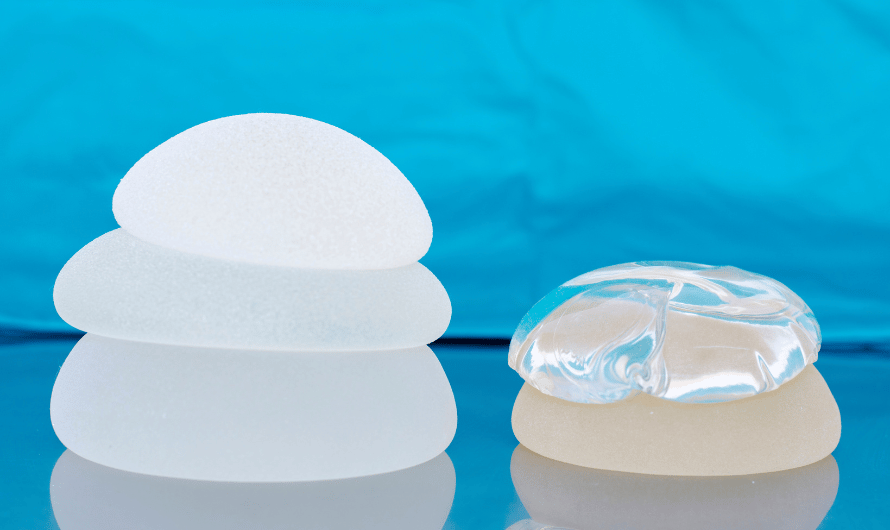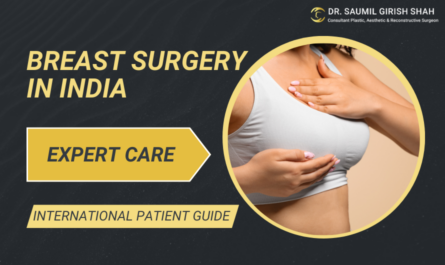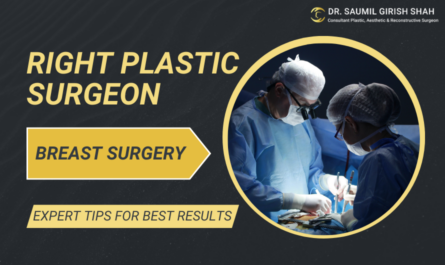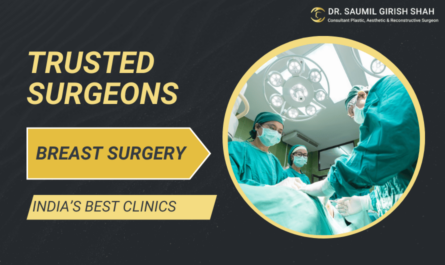Introduction
Breast augmentation is a popular cosmetic procedure today. Many individuals are curious about the differences between saline and silicone breast implants. In this blog, we explain the basics and share valuable insights. We also address common concerns and offer expert recommendations. Ultimately, you will gain a clear understanding to help you make an informed decision.
Understanding the Basics of Breast Implants
Before diving into the specifics, it is essential to understand what breast implants are and how they work. Breast implants are medical devices designed to restore or enhance breast volume. Essentially, there are two main types: saline and silicone implants. Saline implants are filled with a sterile saltwater solution, which makes them adjustable and easy to monitor for integrity. In contrast, silicone implants contain a cohesive gel that closely mimics the feel of natural breast tissue. Furthermore, both options have distinct properties, and choosing between them depends on several factors including your body type, aesthetic goals, and lifestyle. Ultimately, understanding these key terms and concepts lays the groundwork for a well-informed decision.
Key Terms and Concepts
- Implant Shell: The outer layer that holds the filling.
- Filler Material: Saline (salt water) or silicone gel.
- Cohesiveness: Refers to how firm the silicone gel is.
- Profile: The projection of the implant from the chest. These terms form the foundation of your research. They help clarify what you are considering before a procedure.
Common Concerns and Considerations of Breast Implants

When deciding on breast implants, patients often have concerns. First, the risk of rupture is a frequent worry. Saline implants will visibly deflate if they rupture, while silicone implants might leak silently. Therefore, regular check-ups are essential for both types.
Next, many wonder about the natural feel. Silicone implants generally offer a more natural texture. Yet, saline implants allow for size adjustments during surgery. Additionally, recovery time is another common topic. Most patients enjoy similar recovery durations regardless of implant type. However, each person’s healing process may differ.
Other Considerations
- Cost: Silicone implants tend to be more expensive.
- Surgical Expertise: A skilled surgeon ensures better outcomes.
- Lifestyle: Active individuals may prefer one type over the other due to personal comfort.
- Maintenance: Future imaging tests may be necessary for silicone implants to monitor their integrity. Thus, weighing the pros and cons is crucial. Taking time to ask questions and consult professionals makes the process easier.
Treatment Options and Best Practices
Choosing the right implant is part of a broader treatment plan. It starts with a detailed consultation. Your surgeon will assess your anatomy, listen to your goals, and recommend an implant that fits you best. Next, you will discuss the placement options. Implants can be placed under the muscle or over the muscle. Each placement has its advantages. For example, submuscular placement may offer a more natural slope, while subglandular placement often involves a shorter recovery period.
Furthermore, follow-up care is vital. After surgery, you will attend several post-operative appointments. These visits help monitor your healing process and ensure the implants settle correctly. In addition, adhering to a healthy lifestyle supports a smoother recovery.
Best Practices
- Consult Thoroughly: Always ask for detailed explanations about risks and benefits.
- Review Before and After Photos: They provide realistic expectations.
- Follow-Up Care: Consistent check-ups are non-negotiable.
- Maintain Open Communication: Ensure you feel comfortable discussing concerns. These steps contribute significantly to a successful surgery. Therefore, planning ahead is key to achieving the desired outcome.
Additional Insights and Expert Recommendations
Expert advice is invaluable. Many plastic surgeons recommend that patients consider long-term outcomes. They advise starting with a realistic mindset and understanding that implants may need to be replaced over time. In addition, current research suggests that silicone implants have improved considerably. Modern versions offer enhanced durability and safety features.
Moreover, consider the aesthetic and emotional aspects. Patients who are well-informed tend to experience higher satisfaction. Remember to explore various implant shapes and sizes during your consultation. Ultimately, the final decision should align with your personal goals and health needs.
Doctor Introduction
Dr. Saumil Girish Shah is recognized as one of the best plastic surgeons in Mumbai, Borivali, specializing in both aesthetic and reconstructive surgery. Board certified and extensively trained, he offers a range of surgical and non-surgical procedures aimed at enhancing beauty and confidence. Dr. Shah completed his MBBS at KEM Hospital and pursued General Surgery at M.S. University before receiving advanced training in Plastic Surgery at Sion Hospital, Mumbai. His expertise in aesthetic surgery ensures that patients achieve their desired outcomes, making him a trusted choice for cosmetic enhancements in Mumbai. He specializes in male and female procedures for the body, breast, hair, face, laser treatments, and non-surgical options.
For consultation
visit Skinzone Aesthetics at 403, Vini Elegance, Above Tanishq Jewellers, L.T. road, Borivali West, Mumbai 400092, or book an appointment directly with his clinic.
Frequently Asked Questions (FAQs)
Q1: What is the main difference between saline and silicone implants?
A1: Saline implants contain a saltwater solution, while silicone implants contain a silicone gel. Silicone implants often feel more natural and soft, whereas saline implants offer a firmer texture.
Q2: How long does it take to recover from breast implant surgery?
A2: Recovery time varies, but most patients resume normal activities within a few weeks. It is important to follow your surgeon’s guidelines for a safe recovery.
Q3: Are there risks associated with breast implants?
A3: Yes, all surgeries come with some risks, including infection and implant rupture. Regular follow-up appointments help manage and detect any potential issues early.
Q4: Can breast implants be replaced if needed?
A4: Absolutely. Many patients have their implants replaced or adjusted over time. It is a common aspect of long-term care in breast augmentation.
Q5: How do I choose the right implant size and type for me?
A5: The best approach is to have a thorough consultation with a qualified plastic surgeon. They will consider your body type, aesthetic goals, and lifestyle to help you decide.
Q6: Will I need additional surgeries after the initial procedure?
A6: Some patients may require touch-ups or replacements in the future. This depends on various factors, including implant type and individual healing processes.
Q7: Are silicone implants safe for younger patients?
A7: Silicone implants have been extensively studied and are safe when used appropriately. However, patient eligibility is determined on a case-by-case basis during a professional consultation.
Q8: How often should I have follow-up exams after my surgery?
A8: Follow-up exams are typically recommended within the first year and then periodically to ensure the implants are in good condition.
Conclusion
choosing between saline and silicone breast implants is a highly personal decision that involves understanding the nuances of each option, assessing your health and aesthetic goals, and consulting with experienced professionals. The key takeaways include a thorough discussion of implant types, surgical methods, recovery expectations, and expert insights. Ultimately, professional advice is indispensable in ensuring the best outcome. Remember, every step you take in your journey is a move towards enhanced beauty and confidence. Embrace the process, and make the choice that is right for you.



